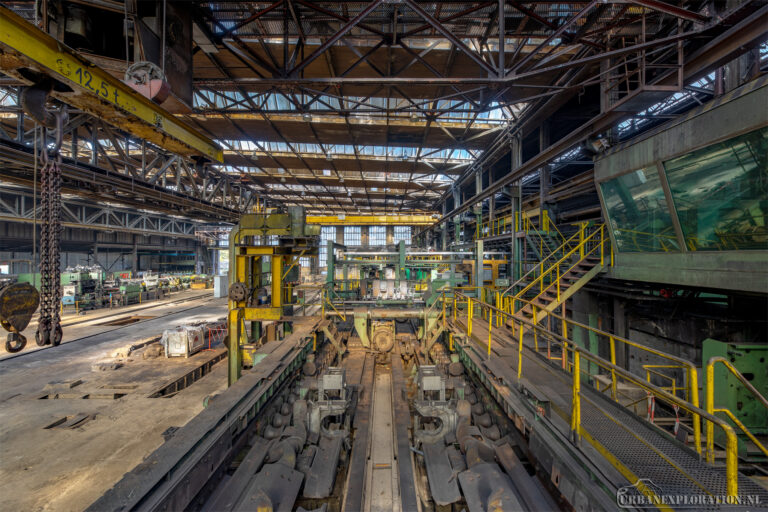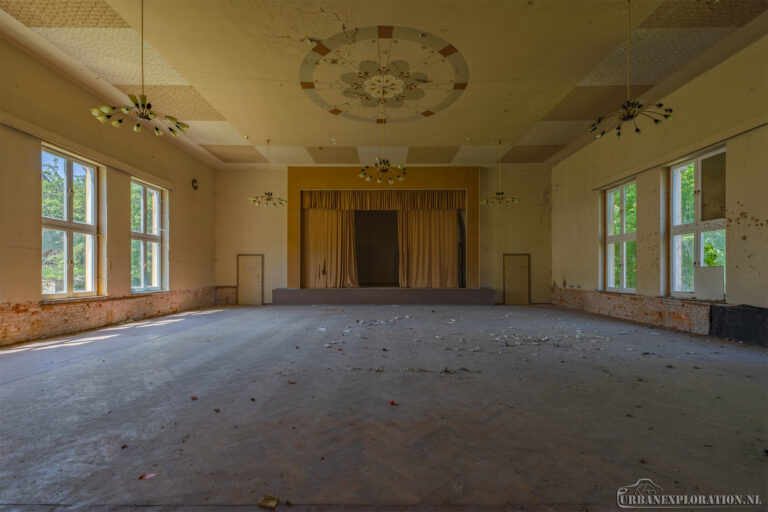Zeche / Bergwerk Prosper-Haniel
Deep in the Ruhr area, in the city of Bottrop, lies one of the most iconic remnants of Germany’s coal industry: Zeche Prosper. The history of this coal mine began in 1856, when the Arenberg mining company started sinking its first shafts. By 1861, coal production had commenced, and Zeche Prosper grew into one of the region’s most significant mining complexes.
One of the site’s most recognizable features is the Malakow tower of Shaft Prosper II, built between 1874 and 1875. Designed in a style reminiscent of medieval fortresses, the tower was later paired with a steel Koepe hoisting system around 1900 a rare combination that no longer exists elsewhere in the Ruhr. Together, they form a unique industrial ensemble that remains preserved to this day.
Over the decades, the mine expanded in both scale and importance. At its peak in 1971, Zeche Prosper reached a record production of 3.8 million tons of coal and 1.5 million tons of coke. Like many other mines in the Ruhr region, however, it began to decline in the latter half of the 20th century. In the 1990s, it was merged with Zeche Haniel to form the larger Bergwerk Prosper-Haniel the last active hard coal mine in Germany.
In December 2018, the final chapter was written: the last coal was extracted at Prosper-Haniel, marking the end of over 150 years of coal mining history in Germany. In the years that followed, the shafts were sealed and partially backfilled. Yet the heritage lives on: the Malakow tower and its accompanying steel headframe at Shaft II are now protected monuments and remain open to visitors.
- Visited - January 2020
- Defunct - 2018
- Status - Partly demolished
- Country - Germany


























